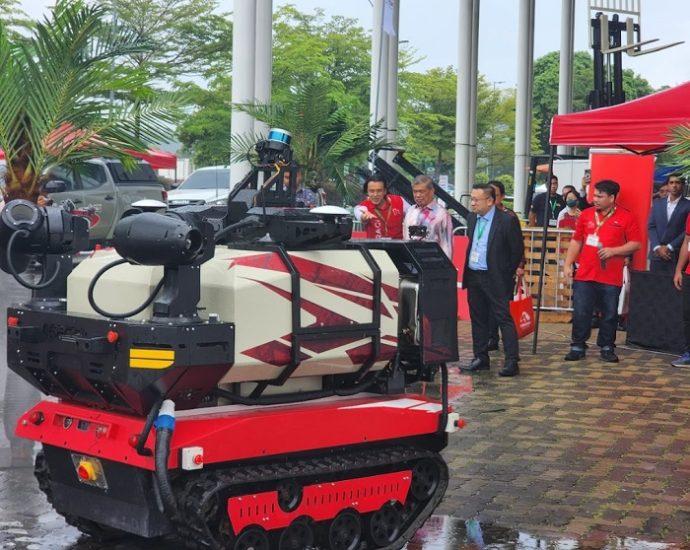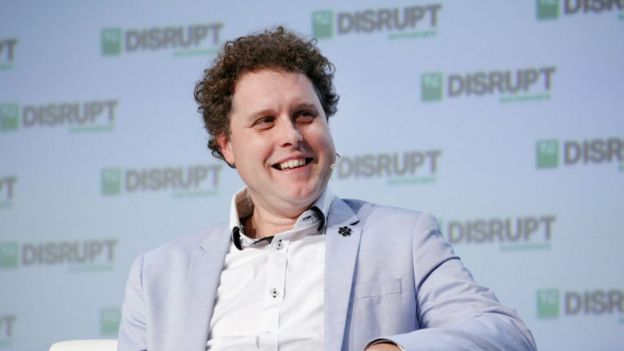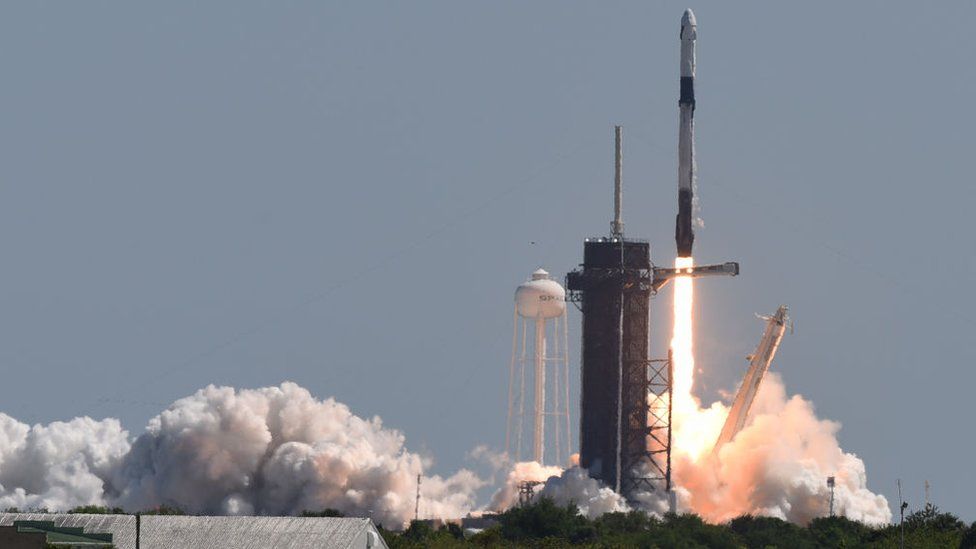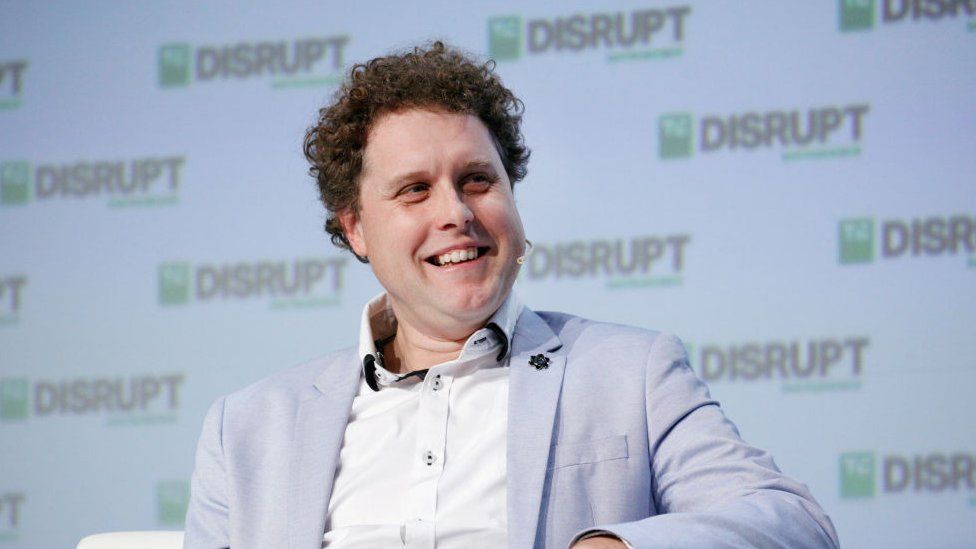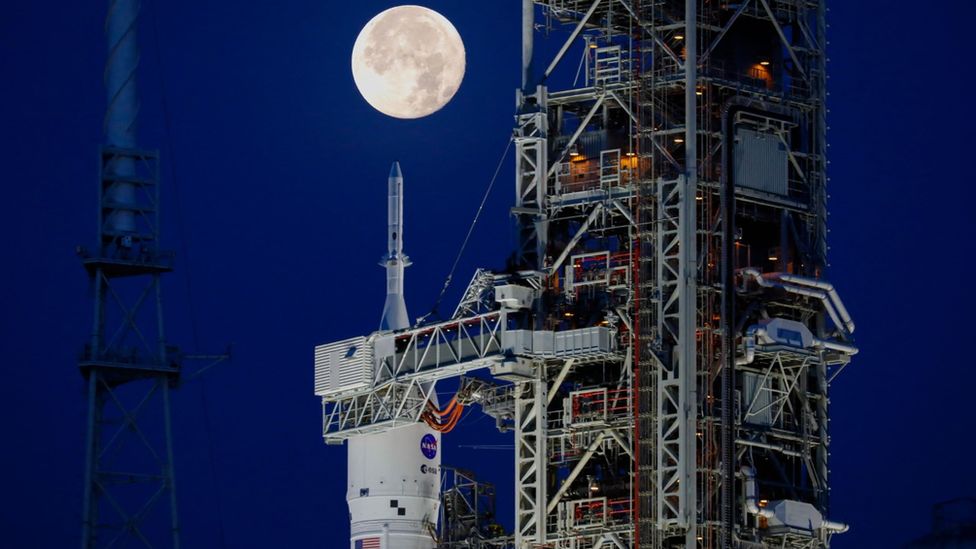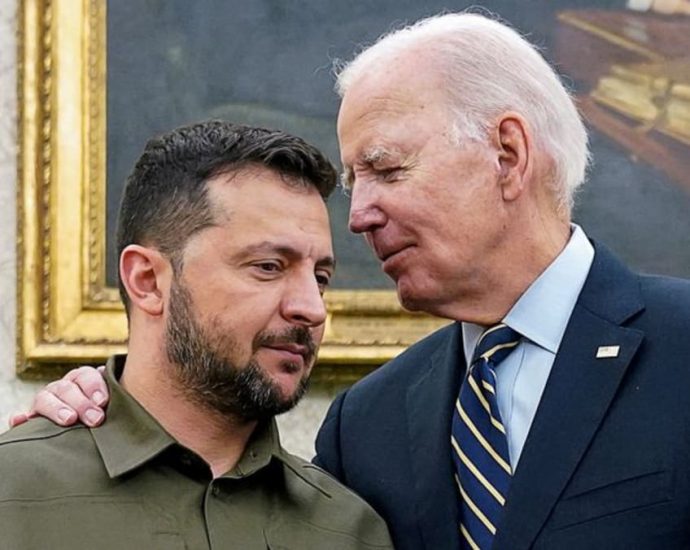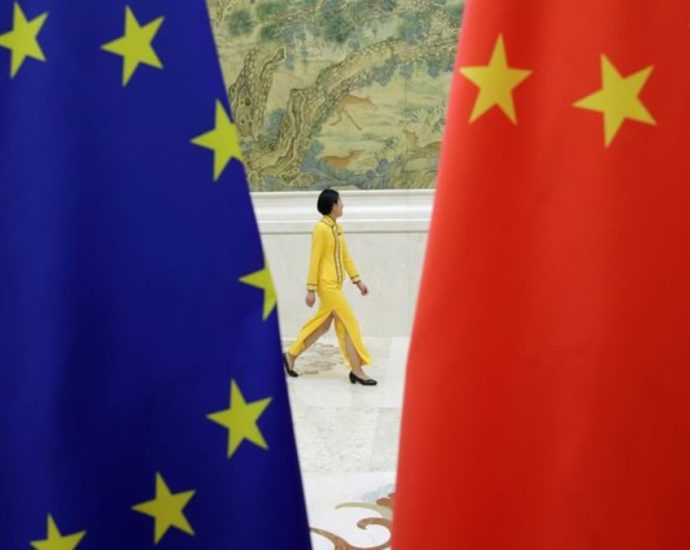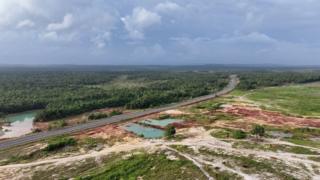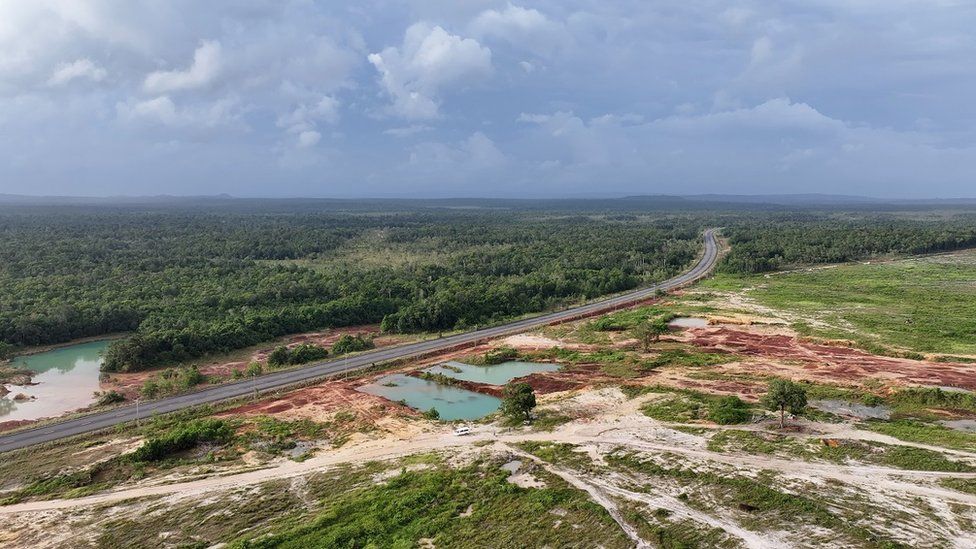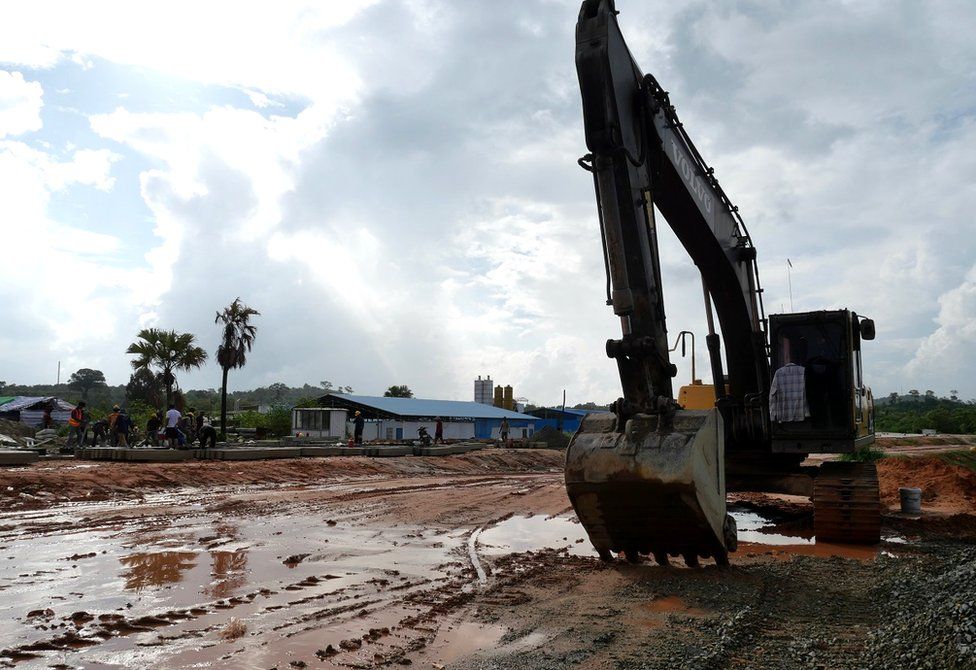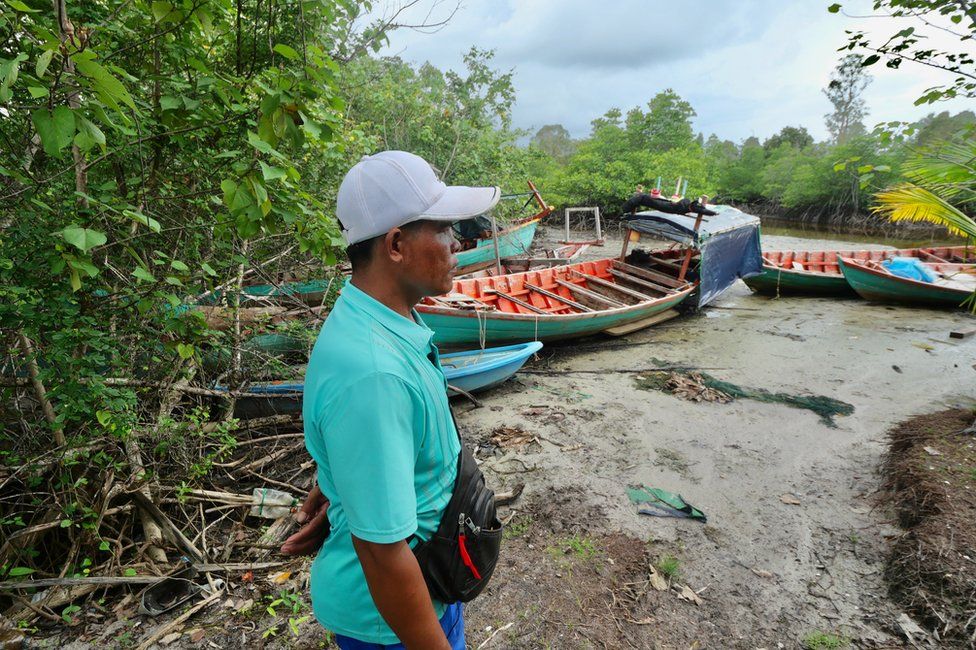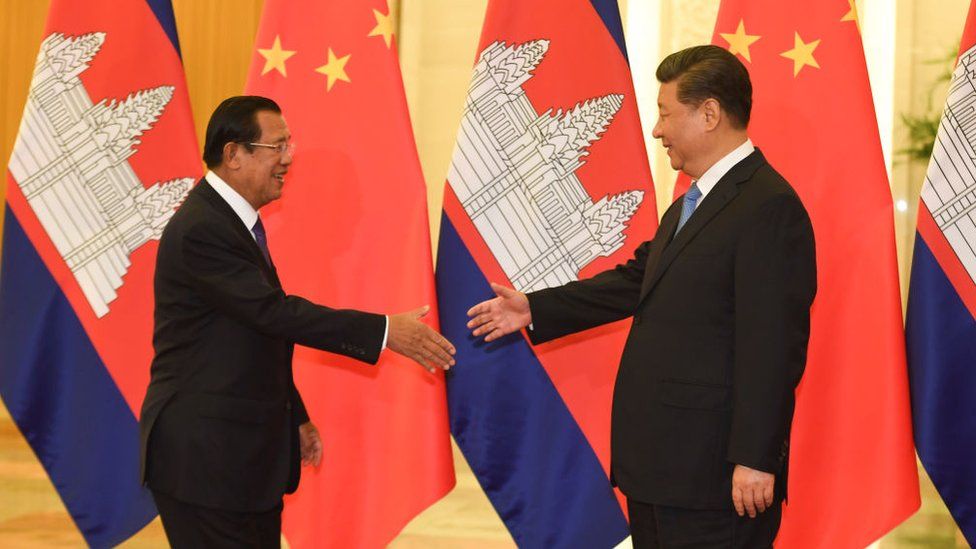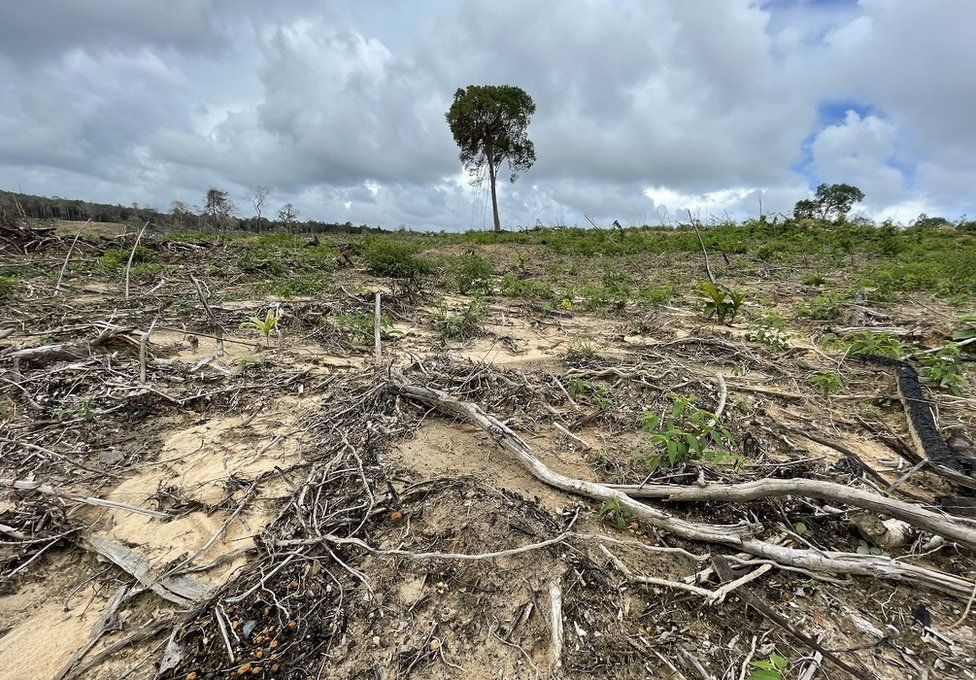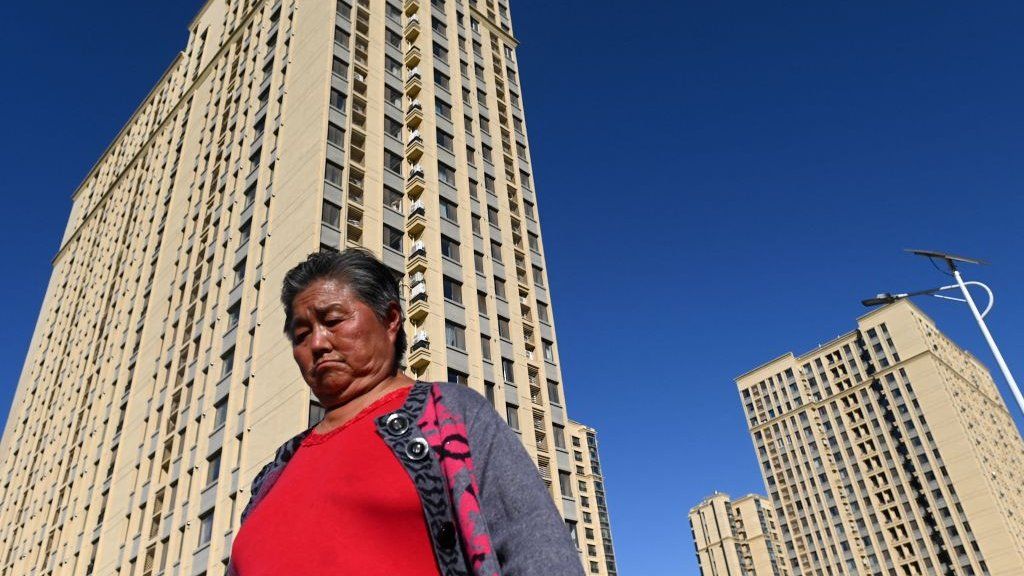HSF eyes emerging energy and tech opportunities | FinanceAsia

This month, London-headquartered law firm, Herbert Smith Freehills (HSF) announced the expansion of its Singapore-based capability with three partners, in support of opportunities in emerging sectors such as technology and energy transition, as well as the “high priority growth area” of private capital.
At the start of September, the company shared the recruitment of energy transition specialist, Peiwen Chen from the Singapore office of competitor, White & Case; and the relocation of HSF M&A partner, Malika Chandrasegaran, from Sydney. This was followed by news on Thursday (September 21) of the recruitment of Anthony Patten as M&A and energy expert, from King & Spalding.
The three partners report to Jamie McLaren, Singapore-based partner and Andrew Blacoe, head of Corporates.
Discussing opportunity in the private capital space, McLaren told FinanceAsia, “There is a huge amount of dry powder available to deploy in Asia; and as private equity (PE) houses look to rebalance portfolios and benefit from the anticipated upside in a maturing Asian economy, there are an increasing number of PE houses moving into Asia and setting up Asia-focussed funds.”
He underlined that, while opportunities in the tech sector might have tailed off in recent months, they are likely to pick up on the back of consolidation yet to come, coupled with developments across artificial intelligence (AI) that are set to offer new potential.
Meanwhile, traditional PE sectors such as healthcare, financial services and the consumer segment are continuing to provide strong deal flow. “Markets such as Indonesia, India, Philippines, Thailand and Vietnam continue to offer huge promise.”
Although deal activity has been fairly subdued in recent months, McLaren added that there are signs of this turning around, “with a number of recent high profile deals, including KKR’s investment in Singtel’s data centre business” and a busy few months in the pipeline.
With regard to the new recruits, the HSF team pointed to Chen’s experience advising financial sponsors, strategic corporates and sovereign wealth funds (SWFs) on cross-border transactions, including Copenhagen Infrastructure Partners (CIP) on the NT$90 billion ($3 billion) development and subsequent sale of a strategic stake in the Taiwanese 589 MW Changfang and Xidao offshore wind projects; as well as Thailand-headquartered Ratch Group on its $605 million acquisition of Nexif Energy.
Patten brings to the firm three decades of track record working across the energy space – spanning sub-sectors comprising renewables, hydrogen, ammonia and carbon capture, as well as traditional oil and gas. In terms of other law firms, his LinkedIn profile highlights his experience at Ashurst, Allens and Shearman and Sterling, as well as six years spent as legal counsel at Shell, in London and Dubai.
The team drew attention to Chandrasegaran’s adeptness advising TPG on its A$16.5 billion ($10.6 billion) merger with Vodafone Hutchison Australia; and the A$18.7 billion acquisition of Origin Energy by a consortium involving Brookfield Asset Management, GIC, Temasek and EIG Global Energy Partners.
¬ Haymarket Media Limited. All rights reserved.





